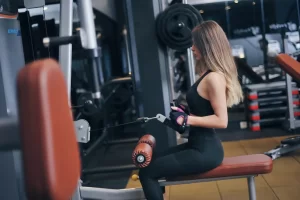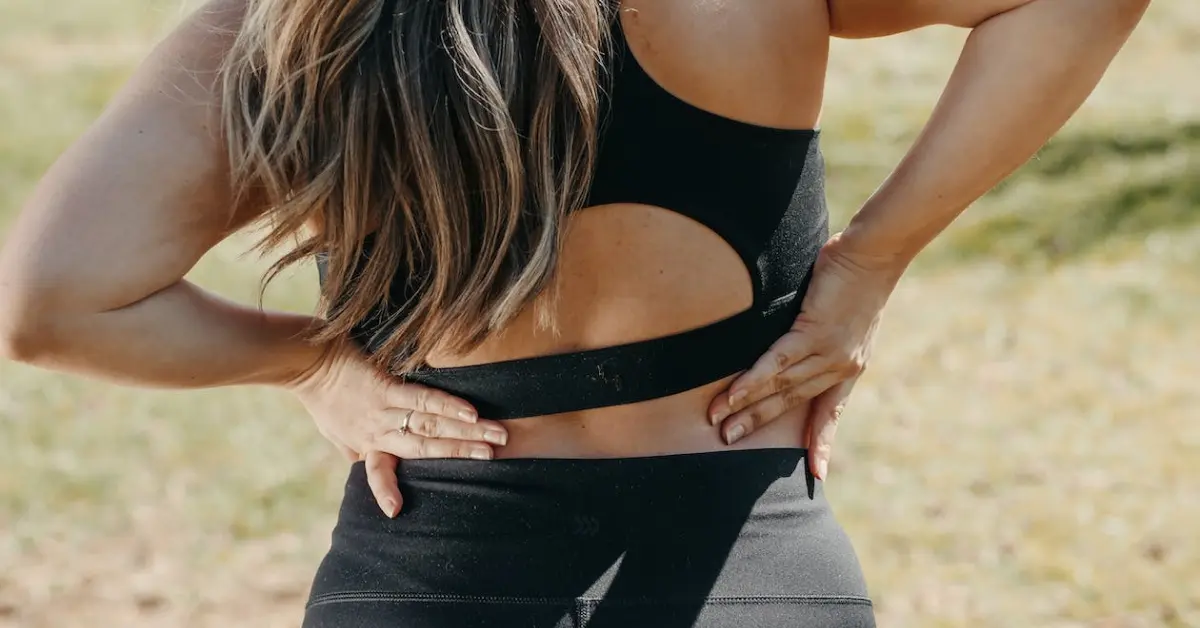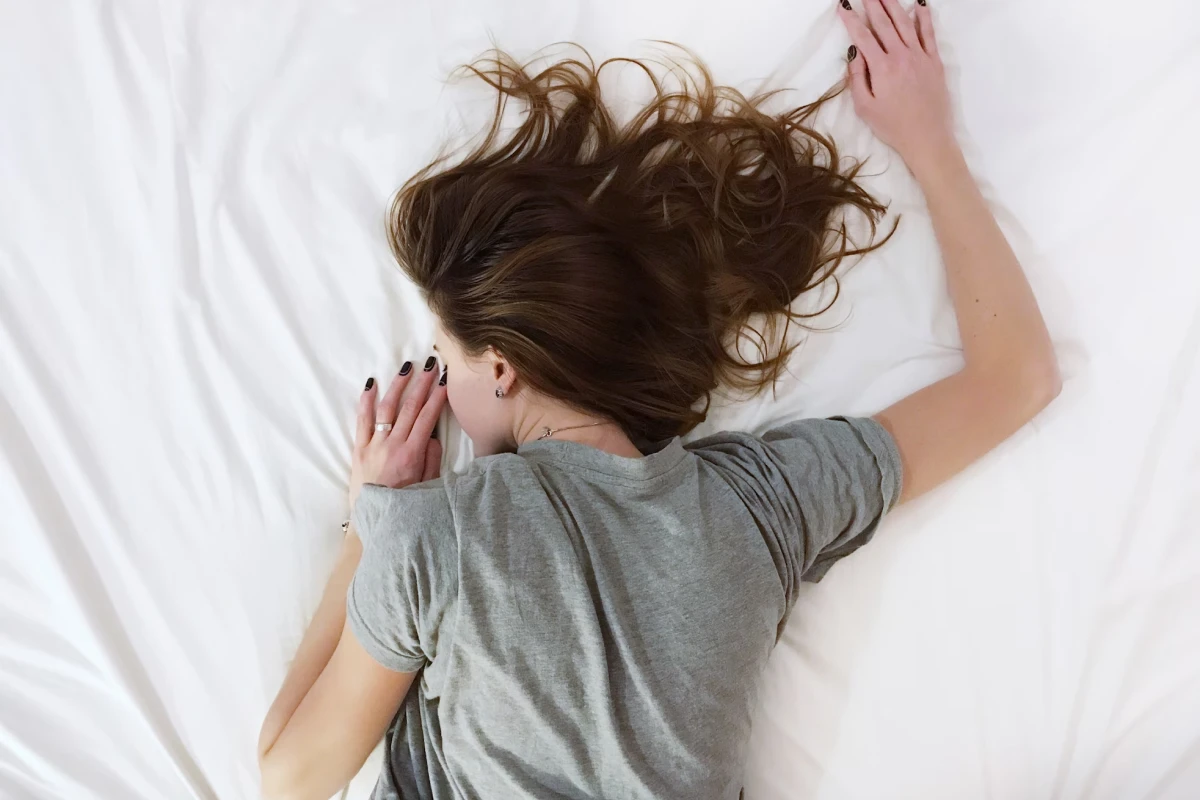Back pain, a common ailment affecting individuals across various age groups, can significantly impact the quality of life, restricting mobility and daily activities. It is a multifaceted issue, stemming from a variety of causes ranging from lifestyle factors to underlying medical conditions. Understanding the root causes of back pain is crucial for adopting effective treatment strategies and preventive measures. In this comprehensive guide, we will explore the top ten reasons behind back pain and delve into practical solutions to alleviate discomfort and enhance overall spinal health.
1. Poor Posture: The Silent Culprit
Poor posture, especially prevalent in today’s digital era, stands as a primary contributor to back pain. Slouching or sitting in an improper position for prolonged periods can strain the muscles and put excessive pressure on the spine.
Cure:
- Regularly practicing exercises that strengthen the core and improve posture.
- Using ergonomic furniture that supports the natural curve of the spine.
- Taking frequent breaks to stretch and adjust posture during long periods of sitting or standing.
2. Muscle or Ligament Strain: The Strain of Strain
Heavy lifting or sudden awkward movements can lead to muscle or ligament strains, causing acute back pain.
Cure:
- Applying ice packs within the first 48 hours followed by heat therapy to reduce inflammation and soothe muscles.
- Over-the-counter pain relievers and rest can aid in recovery, but it’s crucial not to remain inactive for too long as this can worsen stiffness.
3. Bulging or Ruptured Discs: A Slippery Slope
Discs act as cushions between the bones in your spine. A bulging or ruptured disc can press on a nerve, resulting in back pain.
Cure:
- Physical therapy exercises to strengthen the back muscles and reduce pressure on the nerve.
- In severe cases, surgical options may be considered to relieve the pressure on the nerve.
4. Arthritis: The Wear and Tear
Osteoarthritis can affect the lower back. In some cases, arthritis in the spine can lead to a narrowing of the space around the spinal cord, a condition known as spinal stenosis.
Cure:
- Maintaining a healthy weight to reduce stress on the joints.
- Physical therapy and exercises designed to increase flexibility and strength.
- In severe cases, medications or surgery might be recommended to alleviate symptoms.
5. Osteoporosis: The Silent Thief
This condition weakens bones, making them porous and susceptible to fractures, which can affect the vertebrae of the spine, leading to painful fractures.
Cure:
- Consuming a diet rich in calcium and vitamin D to strengthen bones.
- Weight-bearing exercises to enhance bone density.
- Medications may also be prescribed to prevent bone loss.
6. Skeletal Irregularities: When Structure Causes Strain
Conditions like scoliosis, a curvature of the spine, can lead to back pain, especially if it is severe.
Cure:
- Physical therapy and exercises tailored to address the specific skeletal irregularity.
- Bracing in younger individuals to prevent further curvature of the spine.
- Surgical interventions in severe cases to correct the spine’s alignment.
7. Kidney Problems: Beyond the Back
Kidney stones or kidney infections can cause severe pain that is often mistaken for back pain, as the discomfort is located towards the back where the kidneys lie.
Cure:
- Drinking plenty of fluids to help flush out kidney stones.
- Antibiotics for kidney infections.
- Medical procedures may be necessary for larger stones.
8. Stress and Tension: The Emotional Backbone
Emotional stress can lead to muscle tension in the back, resulting in pain or discomfort.
Cure:
- Stress-reduction techniques such as meditation, yoga, or deep-breathing exercises.
- Regular physical activity to release built-up tension.
- Counseling or therapy to address underlying stressors.
9. Sedentary Lifestyle: The Modern Epidemic
A lack of regular physical activity can weaken the muscles in the back and abdomen, leading to increased pain.
Cure:
- Incorporating daily exercise, such as walking, swimming, or cycling, to strengthen back muscles and improve flexibility.
- Taking short breaks throughout the day to stand or walk if your job involves prolonged sitting.
10. Improper Lifting Techniques: A Heavy Burden
Lifting heavy objects without using the proper form can strain the back muscles and spinal ligaments.
Cure:
- Always lift with your legs, not your back, keeping the object close to your body.
- Avoid twisting your body while lifting.
- Use lifting aids or seek assistance when dealing with heavy or bulky items.
Prevention: The Backbone of Back Care
Preventing back pain is about incorporating healthy habits into your daily routine. Regular exercise, maintaining a healthy weight, practicing good posture, and lifting correctly can significantly reduce the risk of developing back pain. Additionally, investing in a supportive mattress and ergonomic office furniture can provide the necessary support for your spine.
Understanding and addressing the underlying causes of back pain is crucial for effective treatment and prevention. By adopting a comprehensive approach that includes lifestyle modifications, physical therapy, and medical intervention when necessary, individuals can significantly improve their spinal health and overall well-being. If you experience persistent back pain, it’s essential to consult with a healthcare professional to receive a proper diagnosis and tailored treatment plan.












